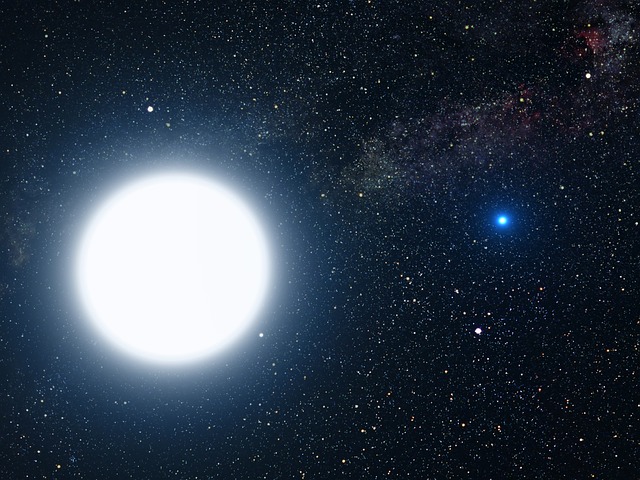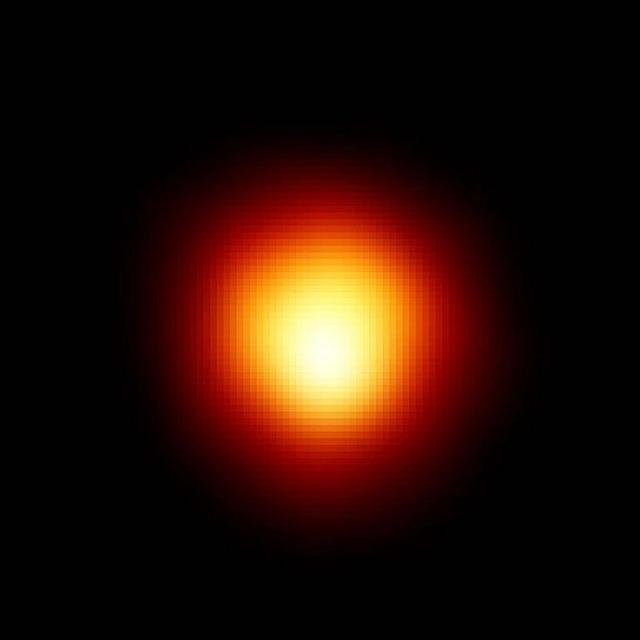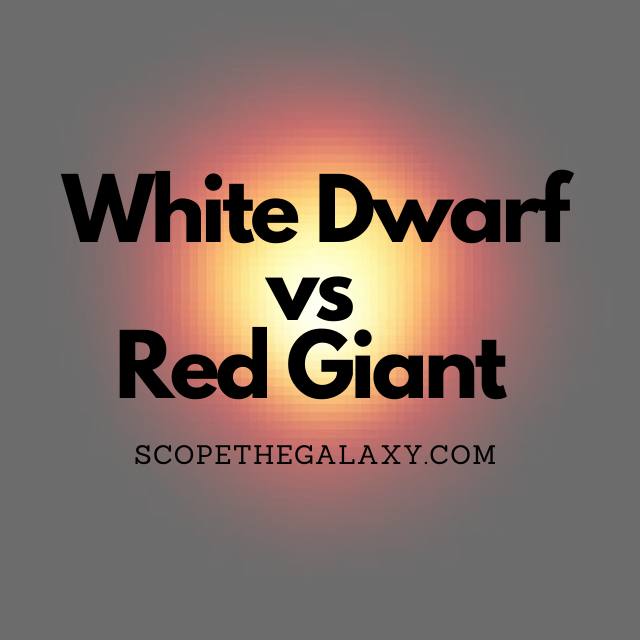*This post may contain affiliate links. This means we may make a commission if you purchase an item using one of our links*
A red giant is the stellar body created once a star runs out of hydrogen and begins to burn through the helium at its core. The white dwarf is a star that has exhausted all fusion materials and is now starting to cool. Both bodies are among the final stages in the life cycle of a star.
White dwarfs and red giants both come from small to medium stars that have reached the beginning of the end of their life cycles. But these two entities still represent different stages of a star’s life. Keep reading to discover what characterizes each stellar body and why they are different from each other.
What Is A White Dwarf?
Table of Contents

A white dwarf forms when a star such as the sun runs out of fuel for nuclear fusion. As this process ceases, the star sheds most of its outer material, leaving only the star’s hot core, whose temperatures exceed 100,000 degrees Kelvin.
Unless this planetary nebula can attract matter from a nearby star, it will steadily cool down over the next billion or so years. These stellar corpses still generate light from the steady release of energy stored in their nuclear core, but no white dwarf shines bright enough for the naked eye to observe.
A white dwarf is a collection of helium, oxygen, and carbon nuclei in a stew of high-energy electrons. The specific transition steps to a white dwarf depend on the star itself. But any star with a mass less than eight times that of our sun will ultimately transition to a white dwarf.
The average white dwarf is not much bigger than the Earth but possesses a mass half that of our sun. This makes a white dwarf the second densest matter in the Universe. A teaspoon of this matter would weigh up to 5.5 tonnes on Earth!
A white dwarf is the remnants of a mid-sized star and the last observable stage of its life cycle before it transitions to a black dwarf.
What Is A Red Giant?

A red giant is a star reaching the end of its life and entering the last stages of its evolution. The majority of stars in our Universe are known as main-sequence stars – or those which utilize nuclear fusion to convert hydrogen to helium.
During its ordinary life, the inward pressure of gravity is balanced by the outward pressure of nuclear fusion, which holds the mass together. But, when fusion ceases, the force of gravity exceeds the pressure of fusion, and the star begins to compress.
As this happens, it increases the temperature inside the star and ignites a burning hydrogen shell. The helium core continues to shrink while its temperature increases – and this gives energy to the hydrogen shell, which increases in luminosity as it continues to expand.
A red giant will grow 100 to 1000 times wider than the size of our sun, giving it a total width of somewhere between 100 million to 1 billion kilometers. And it’s this vast surface area that keeps the temperature relatively cool – 2,200 to 3,200 degrees celsius.
Our sun will turn into a red giant in around five billion years. At this point, the sun will engulf the inner planets as it expands.
Can A Red Giant Become A White Dwarf?
A Red Giant represents a star in its final stages of life. This star has swollen to several times its original size and may remain in this state for a billion years or so.
But eventually, the star cools and contracts as it transitions to a white dwarf; this happens when the red giant runs out of fusible material.
A red giant forms when the hot core of a star gains enough temperature to ignite hydrogen fusion in the outer shell. As the core temperature continues to increase, helium fusion starts to take place in the star’s core. The star is no longer classified as a red giant when this happens.
Once the supply of helium runs out, the core consists mainly of carbon and oxygen. The core temperature is not hot enough to begin carbon fusion, so the mass starts to cool and is now a white dwarf.
Similarities Between A White Dwarf And A Red Giant Star
Both white dwarfs and red giants represent the final stages of a star’s life cycle. These stellar objects come into being when a star exhausts its supply of hydrogen and can no longer complete the process of nuclear fusion in its core.
When compared to this stage in the life cycle of a giant star – which may experience a supernova explosion – both of these processes are relatively tame and peaceful. The difference is that a larger star has enough gravity to continue fusion using carbon or oxygen. Thus, these larger stars can produce materials such as iron, which are more likely to lead to a supernova.
In contrast, small to medium-sized stars such as those the size of our sun do not have the gravity to continue fusion once their hydrogen supplies are exhausted.
White dwarfs and red giants form from low-density stars that do not have enough mass to engage in fusion with the remaining elements – such as carbon and oxygen – once their hydrogen supplies are spent.
Differences Between A White Dwarf And A Red Giant Star
The key difference between a white dwarf and a red giant is that the latter still engages in fusion processes. These stellar bodies have burned through their hydrogen supplies, but a red giant continues fusion with the helium at its core.
A red giant will transform into a white dwarf once it exhausts its helium supply. A white dwarf is the final stage of a star’s life cycle before it becomes a dead lump of carbon – or a black dwarf.
These two stellar bodies are on the same journey, but a white dwarf is one step closer to the end of its life than a red giant.
Summary
A red giant and a white dwarf are both small to medium stars that have exhausted their hydrogen supply. A red giant continues to engage in fusion, using its hydrogen supply, and causing its body to expand. Whereas a white dwarf has reached the end of its life and is beginning to cool.
The red giant is a larger, less dense mass of energy that is nearing its end, while a white dwarf is a smaller, extremely dense remnant of a star.
References
Imagine the Universe! (nasa.gov)
White dwarfs: Facts about the dense stellar remnants | Space
White Dwarf Research Corporation – Education – Ask an Astronomer + Frequently Asked Questions
Red giant stars: Facts, definition & the future of the sun | Space
EarthSky | What are red giants?
Red Giant Star | Facts, Information, History & Definition (nineplanets.org)
Red Giants and White Dwarfs | CK-12 Foundation (ck12.org)
Complete Life Cycle of a Star (sciencing.com)

